Cargando...
Recursos educativos
-
Nivel educativo
-
Competencias
-
Tipología
-
Idioma
-
Tipo de medio
-
Tipo de actividad
-
Destinatarios
-
Tipo de audiencia
-
Creador
Lo más buscado
- Cine y educación
- Siglo XIX
- Aparato reproductor femenino
- Juegos de dictado de palabras
- La industria alimentaria
- El valor posicional de las cifras
- Español para extranjeros
- Dibujos colorear otoño
- Ejercicios escolares para niños de 8 años
- Instrumentos musicales
- Juegos para aprender
- Música teatral
- Recursos 2.0
- Siglo XX
- Gloria Fuertes
-

What is going to happen?
Tiching explorer Organización
- 1 lo usan
- 1330 visitas
In this exercise we have to fill in the gaps in the sentences by typing in the proper form of the verb inside the brackets.
-
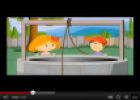
Video: What is a pulley?
Tiching explorer Organización
- 1 lo usan
- 1293 visitas
Video (2-minute long) designed to help us understand what is pulley and how it works.
-
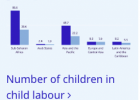
What is child labour (IPEC)
V&V Books Vicens Vives Organización
- 2035 visitas
IPEC report on child labour
-
True / False. What is sound?
EduBook Organización
- 1572 visitas
Are these sentences true or false? Sound is produced by vibrating objects. We perceive sound because we use our sense of hearing. Sound cannot travel through water or solids. If there is no material…
-
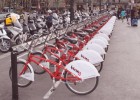
Barcelona is a smart city
V&V Books Vicens Vives Organización
- 3 lo usan
- 1017 visitas
Ten Reasons Why Barcelona is a Smart City - VilaWeb.
-

What Is Plyometrics? | Plyometric Exercises
jose lucio Docente
- 1 lo usan
- 1132 visitas
Learn what plyometrics is in this Howcast video about the muscle building exercise regimen.
-
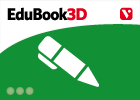
-
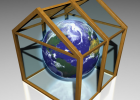
What is the Greenhouse Effect?
V&V Books Vicens Vives Organización
- 3 lo usan
- 964 visitas
Find out more about how the greenhouse effect is causing temperatures on Earth to rise.
-

Science Please! / Sound is vibrations
Xtec Organización
- 1136 visitas
Whether annoying or delightful, natural or artificial... Sound is vibrations! Wether its our vocal cords or the skin of a drum.
-
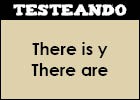
There is y There are
Testeando Organización
- 1136 visitas
Uso de la expresiones "there is" y "there are" con oraciones afirmativas, negativas e interrogativas
Te estamos redirigiendo a la ficha del libro...












